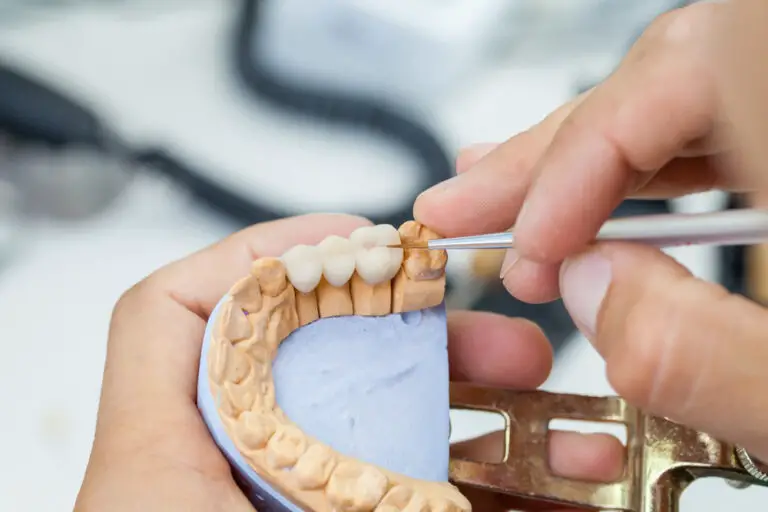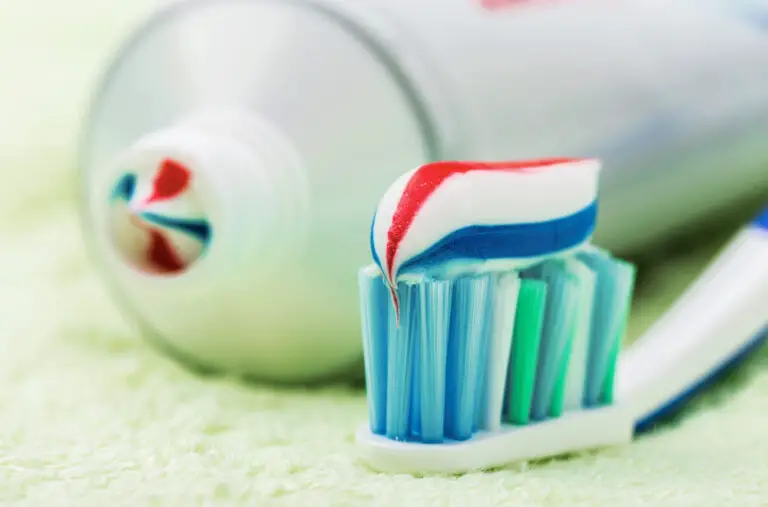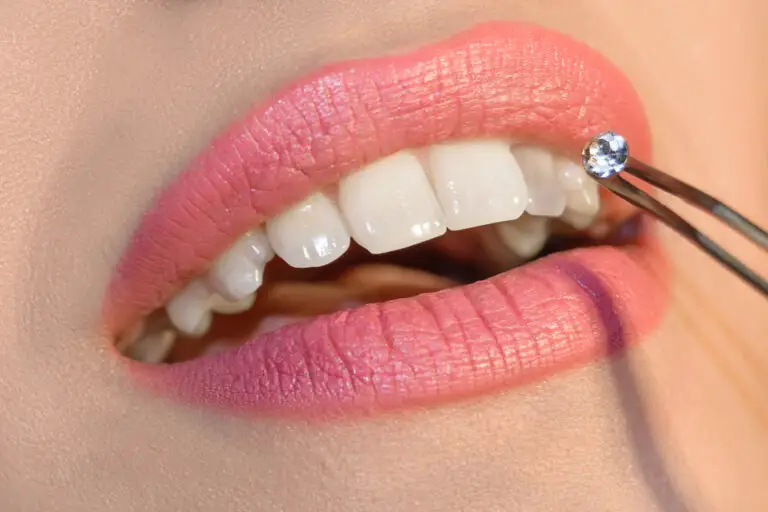Tooth pain can be a real pain, especially when it comes and goes. It can be difficult to determine the cause of the pain and whether or not it requires professional treatment. Understanding the causes and symptoms associated with tooth pain can help you determine if it’s time to see a dentist or if home remedies will suffice.
Tooth pain can be caused by a variety of factors, including tooth decay, gum disease, injury, and even sinus infections. Some people may experience intermittent tooth pain that comes and goes, which can be a sign of a more serious underlying issue. It’s important to pay attention to any symptoms associated with tooth pain, such as sensitivity to hot or cold, swelling, or bleeding gums.
Key Takeaways
- Tooth pain can have a variety of causes, including tooth decay, gum disease, and injury.
- Intermittent tooth pain can be a sign of a more serious underlying issue.
- Pay attention to any symptoms associated with tooth pain and consider seeing a dentist if the pain persists or worsens.
Understanding Tooth Pain
Tooth pain is a common dental problem that can be caused by various factors, such as tooth decay, gum disease, tooth trauma, or teeth grinding. It can range from mild to severe and can be intermittent or constant. Understanding the causes of tooth pain can help you take preventive measures and seek timely treatment.
Tooth pain can be classified into two types: primary and secondary tooth pain. Primary tooth pain originates from the tooth itself, while secondary tooth pain is caused by problems outside the tooth, such as sinusitis or temporomandibular joint (TMJ) disorder.
The following table summarizes the common causes of tooth pain:
| Cause | Description |
|---|---|
| Tooth decay | Cavities or holes in the tooth enamel |
| Gum disease | Infection or inflammation of the gums |
| Tooth trauma | Injury or damage to the tooth |
| Teeth grinding | Clenching or grinding of teeth, especially at night |
| Tooth sensitivity | Exposed tooth roots or worn enamel |
| Sinusitis | Infection or inflammation of the sinuses |
| TMJ disorder | Dysfunction of the jaw joint |
Tooth pain can also have different symptoms, such as sensitivity to hot or cold food and drinks, pain when biting or chewing, throbbing pain, or a dull ache that doesn’t go away. In some cases, tooth pain can be accompanied by other symptoms, such as swelling, redness, or fever.
If you experience tooth pain, it is important to see a dentist as soon as possible. Delaying treatment can worsen the problem and lead to more serious complications, such as tooth loss or infection.
In the next section, we will discuss some common remedies for tooth pain that you can try at home.
Causes of Intermittent Tooth Pain

Tooth pain that comes and goes can be caused by a variety of factors. Here are some of the most common causes of intermittent tooth pain.
Tooth Decay
Tooth decay, or cavities, is a common cause of intermittent tooth pain. When the enamel on your teeth is damaged by bacteria, it can lead to cavities. If left untreated, cavities can cause tooth pain that comes and goes. The pain may be more intense when you eat or drink something hot or cold.
To prevent tooth decay, it’s important to practice good oral hygiene. This includes brushing your teeth twice a day, flossing daily, and visiting your dentist regularly.
Gum Disease
Gum disease, also known as periodontitis, is a condition that affects the gums and can cause tooth pain that comes and goes. When bacteria build up on your teeth and gums, it can lead to inflammation and infection. This can cause your gums to become red, swollen, and painful.
To prevent gum disease, it’s important to practice good oral hygiene. This includes brushing your teeth twice a day, flossing daily, and visiting your dentist regularly.
Teeth Grinding
Teeth grinding, also known as bruxism, is a condition where you clench or grind your teeth. This can cause tooth pain that comes and goes, as well as other symptoms such as headaches and jaw pain.
To prevent teeth grinding, it’s important to identify the underlying cause. Stress and anxiety are common causes of teeth grinding, so it’s important to find ways to manage these feelings. Your dentist may also recommend a mouth guard to protect your teeth while you sleep.
In conclusion, tooth pain that comes and goes can be caused by a variety of factors, including tooth decay, gum disease, and teeth grinding. Practicing good oral hygiene and seeking treatment from your dentist can help prevent tooth pain and maintain good oral health.
Symptoms Associated with Tooth Pain
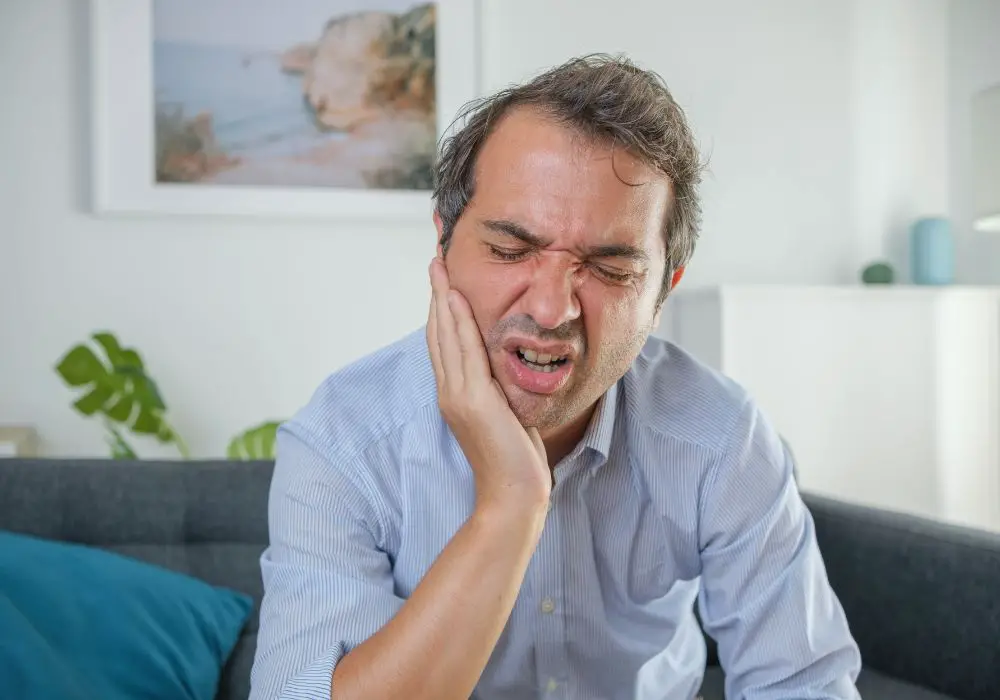
Tooth pain can be a sharp, throbbing, or dull ache that can come and go. The pain can be mild or severe and can be triggered by various factors, such as chewing, biting, or exposure to hot or cold temperatures. Here are some common symptoms associated with tooth pain:
- Dull or aching pain: This type of pain is usually mild and can be felt in and around the affected tooth. It can be caused by tooth decay, gum disease, or tooth abscess.
- Sharp pain: This type of pain is sudden and intense and can be felt when biting down or chewing. It can be caused by a cracked tooth, a loose filling, or a dental abscess.
- Throbbing pain: This type of pain is usually constant and can be felt in the affected tooth and the surrounding area. It can be caused by an infection or inflammation in the tooth or gums.
- Sensitivity: Tooth sensitivity is a common symptom of tooth pain. It can be triggered by hot or cold temperatures, sweet or acidic foods, or brushing and flossing.
- Swelling: Swelling in the gums or face can be a sign of an infection or abscess in the tooth.
- Fever and headache: These symptoms can occur when the infection in the tooth or gums spreads to other parts of the body.
If you experience any of these symptoms, it is important to see a dentist as soon as possible to determine the underlying cause of your tooth pain. Delaying treatment can lead to more serious dental problems and complications.
When to See a Dentist?
If you’re experiencing tooth pain that comes and goes, it’s important to know when to see a dentist. Here are some signs that you should make an appointment:
- Pain that lasts longer than two days
- Swelling in your face or jaw
- Pain when opening your mouth wide
- Swelling below your eye or a knot on your jaw
These symptoms could indicate a more serious issue, such as an infection or a damaged tooth. It’s important to seek treatment as soon as possible to prevent further damage and alleviate pain.
Additionally, if you have a history of dental problems or you’re experiencing tooth pain on a regular basis, it’s a good idea to schedule regular check-ups with your dentist. They can help identify any potential issues before they become more serious.
Remember, tooth pain is not something to ignore. If you’re experiencing any of the symptoms listed above, don’t hesitate to make an appointment with your dentist.
Prevention and Home Remedies
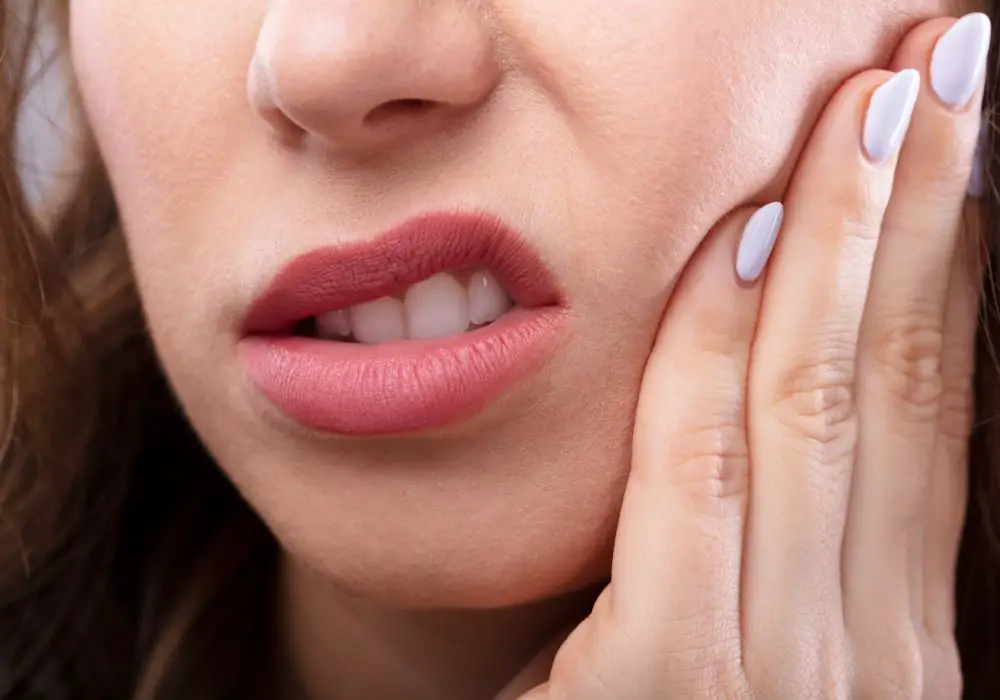
Oral Hygiene
Maintaining good oral hygiene is one of the most effective ways to prevent tooth pain. Brushing your teeth twice a day with fluoride toothpaste and flossing once a day can help remove plaque and prevent cavities. Use a soft-bristled toothbrush and brush in circular motions for at least two minutes. Don’t forget to brush your tongue to remove bacteria that can cause bad breath.
Healthy Diet
Eating a healthy diet can also help prevent tooth pain. Avoid sugary and acidic foods and drinks, as they can erode tooth enamel and cause cavities. Instead, opt for foods that are rich in calcium, such as dairy products, leafy greens, and almonds. Calcium helps strengthen tooth enamel and can help prevent tooth decay.
Regular Dental Check-ups
Regular dental check-ups can help prevent tooth pain by catching dental problems early. Visit your dentist at least twice a year for a cleaning and check-up. Your dentist can identify any cavities, gum disease, or other dental problems and treat them before they become more serious.
In addition to these preventative measures, there are also several home remedies that can help alleviate tooth pain. For example, rinsing your mouth with warm salt water can help reduce inflammation and kill bacteria. Applying a cold compress to the outside of your cheek can also help reduce pain and swelling.
It’s important to note that while home remedies can provide temporary relief, they are not a substitute for professional dental care. If you experience persistent tooth pain, it’s important to see your dentist to identify and treat the underlying cause.
Frequently Asked Questions
What causes tooth pain to come and go?
Tooth pain that comes and goes can be caused by a variety of factors, including tooth decay, gum disease, tooth sensitivity, and even sinus problems. It’s important to see a dentist to determine the underlying cause of the pain.
How can I relieve tooth pain that comes and goes?
There are several ways to relieve tooth pain that comes and goes, including over-the-counter pain relievers, applying a cold compress to the affected area, and avoiding foods and drinks that are hot, cold, or acidic. However, it’s important to see a dentist to address the underlying cause of the pain.
Is it normal for tooth pain to come and go?
No, tooth pain that comes and goes is not normal and should be evaluated by a dentist. Even if the pain goes away on its own, it could be a sign of an underlying issue that needs to be addressed.
Why does my tooth hurt sometimes but not others?
Tooth pain that comes and goes could be caused by a variety of factors, including changes in temperature, pressure, or even hormonal changes. It’s important to see a dentist to determine the underlying cause of the pain.
What are some home remedies for tooth pain that comes and goes?
There are several home remedies that can help relieve tooth pain that comes and goes, including rinsing with salt water, applying a cold compress to the affected area, and avoiding foods and drinks that are hot, cold, or acidic. However, it’s important to see a dentist to address the underlying cause of the pain.
When should I see a dentist for tooth pain that comes and goes?
You should see a dentist as soon as possible if you are experiencing tooth pain that comes and goes. Even if the pain goes away on its own, it could be a sign of an underlying issue that needs to be addressed.



